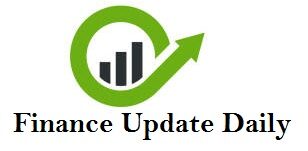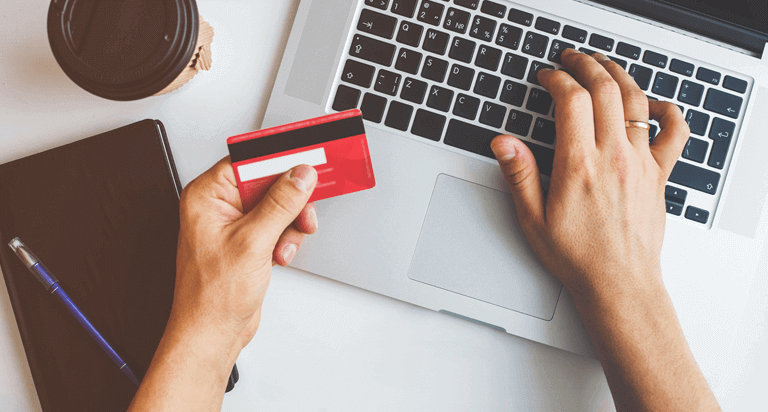In today’s fast-paced world, managing your finances effectively is crucial to achieving financial stability and peace of mind. One of the key areas where many people struggle is managing credit card debt. In this article, we’ll explore the best strategies for paying off credit card debt, the benefits of using a budget tracker app, tips to curb impulse buying, and insights into credit card late payment fees.
Best Way to Pay Off Credit Card Debt
When it comes to best way to pay off credit card debt, the first step is to create a detailed plan. Start by listing all your credit card balances, interest rates, and minimum monthly payments. Identify which card has the highest interest rate, as this is usually the one you should target first.
The snowball method involves paying off the smallest balance first while making minimum payments on other cards. Once the smallest balance is paid off, you move to the next smallest balance, creating a snowball effect. This method provides a psychological boost as you see debts being eliminated.
Another approach is the avalanche method, where you focus on the card with the highest interest rate. By tackling high-interest debt first, you minimize the total interest paid over time, saving you money in the long run.
Consider consolidating your credit card debt with a low-interest personal loan or a balance transfer credit card. This can help simplify your payments and reduce overall interest costs.
Budget Tracker App: Your Financial Companion
A budget tracker app is a powerful tool for managing your finances. These apps allow you to track your income, expenses, and savings goals in real-time. By categorizing your spending, you gain insights into where your money is going and can make informed decisions to cut unnecessary expenses.
Look for features such as customizable budgets, bill reminders, and spending analytics. Popular budget tracker apps like Mint, YNAB (You Need a Budget), and Personal Capital offer intuitive interfaces and robust functionalities to help you stay on top of your financial goals.
How to Stop Impulse Buying
Impulse buying can derail your financial plans and lead to unnecessary debt. How to Stop Impulse Buying, start by identifying your triggers. Is it online shopping, seeing sales promotions, or emotional spending?
Create a shopping list and stick to it when you go out. Avoid shopping when you’re stressed, tired, or emotional, as these states can lead to impulsive decisions.
Practice the 24-hour rule: wait 24 hours before making a non-essential purchase. This gives you time to evaluate whether the purchase is truly necessary or just a fleeting desire.
Credit Card Late Payment Fees: Avoiding Unnecessary Costs
Late payment fees can quickly add up and strain your finances. To avoid these fees, set up automatic payments or reminders to ensure you pay your bills on time. Take advantage of payment alerts offered by most credit card companies to stay informed about due dates.
If you do incur a late payment fee, contact your credit card issuer. In some cases, they may waive the fee as a courtesy, especially if it’s your first late payment.
Conclusion:
Managing credit card debt requires discipline, planning, and the right tools. By following strategies to pay off debt, using a budget tracker app, curbing impulse buying, and avoiding late payment fees, you can take control of your finances and work towards a debt-free future.

